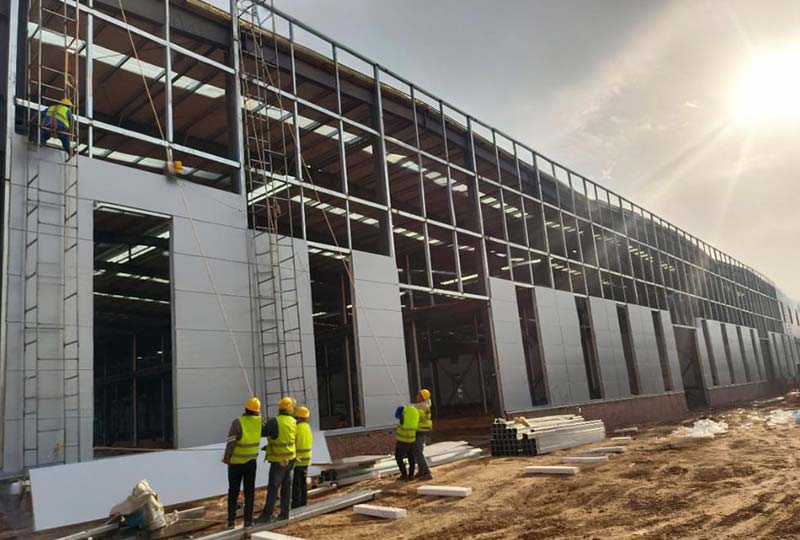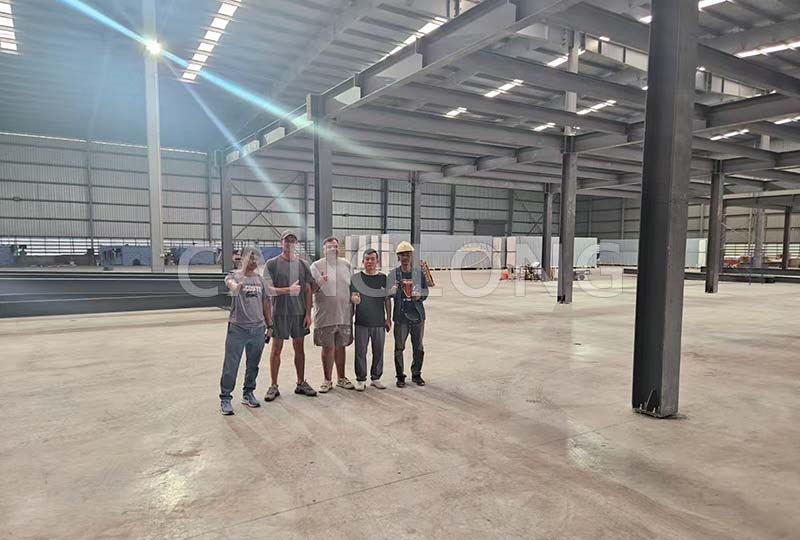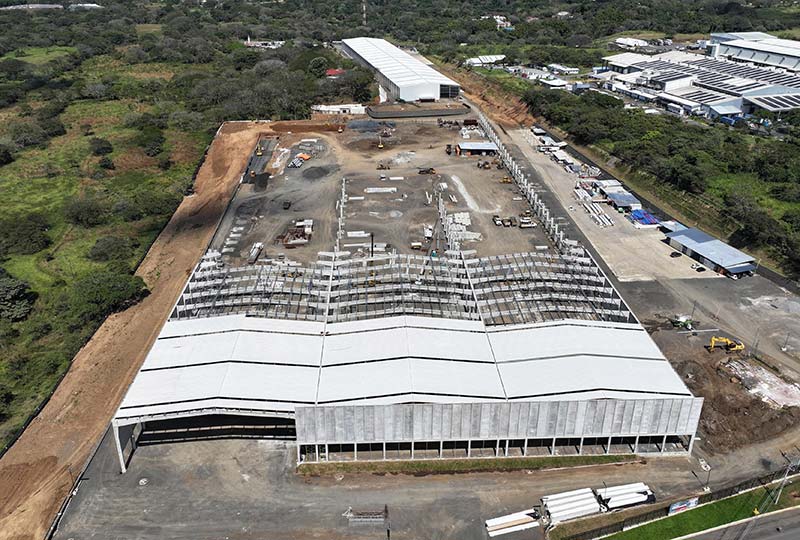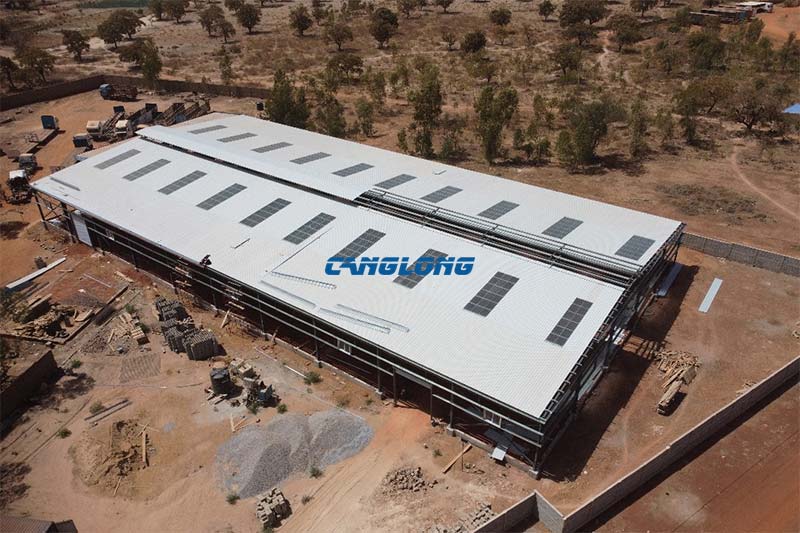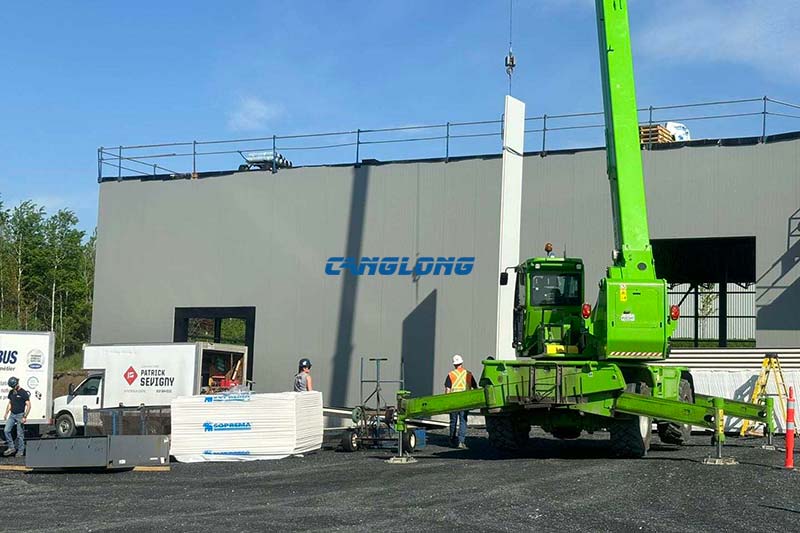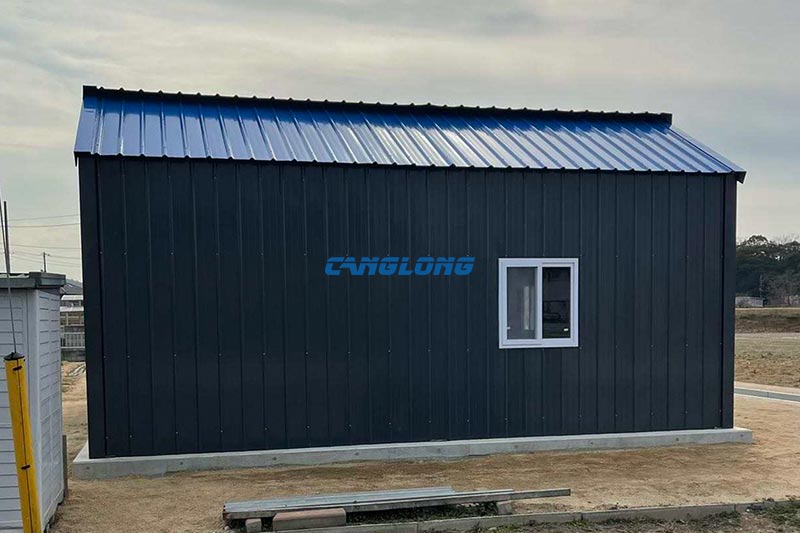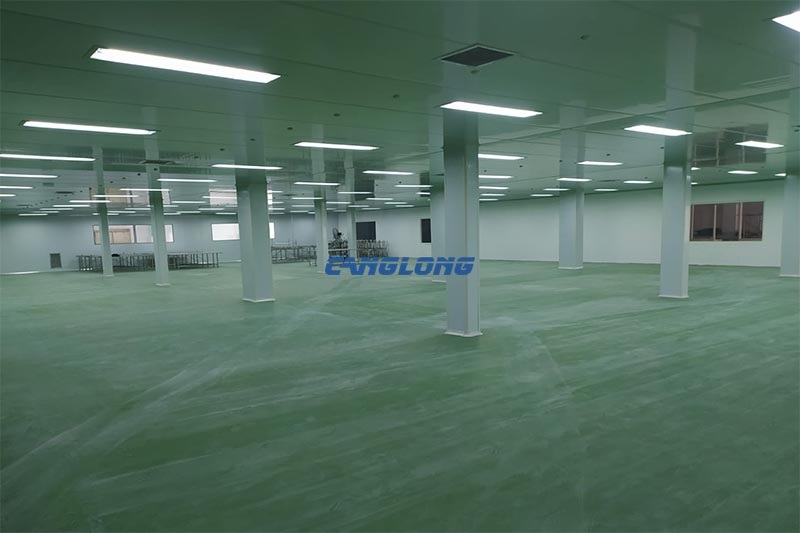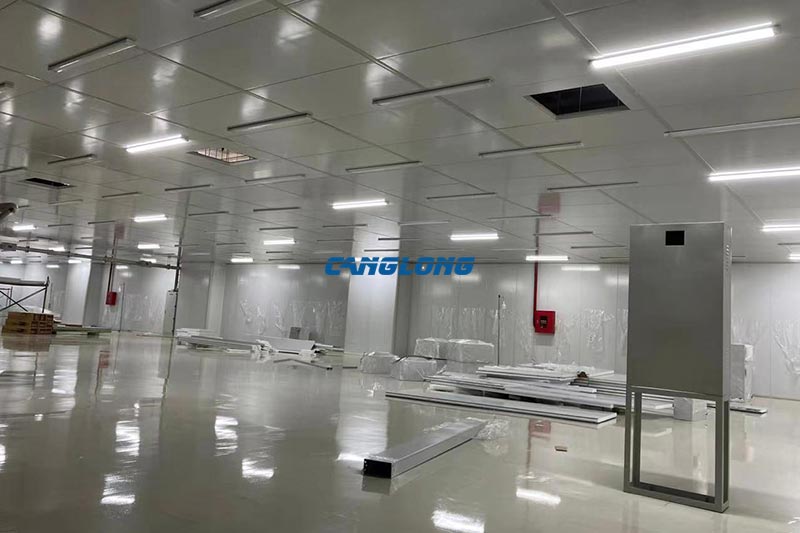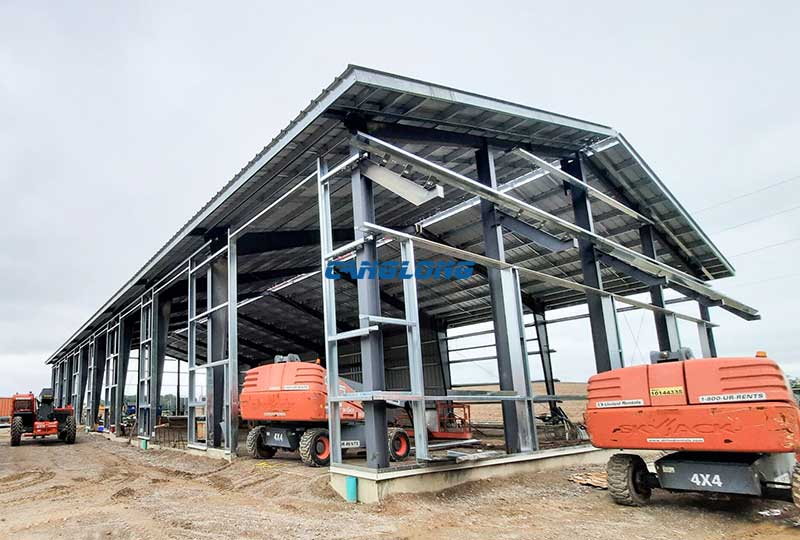
 2025-08-01
2025-08-01
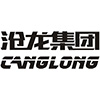
What are the advantages of steel structure buildings?
As a key branch of modern engineering, steel structure buildings offer advantages not only in terms of technology but also in deeply aligning with the development needs and challenges of diverse regions around the world. The following provides an in-depth analysis of the five dimensions of structural performance, affordability, environmental sustainability, adaptability, and technological innovation, taking into account the diverse needs of users.
1. Structural Performance
With the increasing frequency of natural disasters and extreme weather events worldwide, the core advantage of steel structures lies in their inherent mechanical properties, enabling them to provide targeted solutions for diverse risk areas.
Outstanding seismic performance: Steel’s high strength (yield strength can reach 235-700 MPa) and ductility (its ability to absorb significant energy before fracture) allow it to overcome rigidity with flexibility during earthquakes. For example, over 50% of Japan’s high-rise buildings are steel structures, and their steel frame support system effectively reduces the transmission of seismic forces. Chile, through its steel-structured school project, has raised its seismic standards to levels that are impervious to minor earthquakes and repairable in major ones, saving countless lives.
Strong wind and impact resistance: Typhoon-prone coastal areas (such as the Philippines, Florida, and the Bay of Bengal) place extremely high demands on buildings’ resistance to wind uplift. The steel structure’s overall rigidity (load distribution through trusses and grid structures) and lightweight design (weighing only one-quarter to one-third that of concrete) reduce wind loads. Combined with its modular bolted design, it can withstand typhoons exceeding Category 12. When Hurricane Ian struck Florida in 2022, a steel-framed hotel in Miami suffered only minor structural deformation, while surrounding concrete buildings experienced wall cracking.
High-temperature and fire-resistant adaptability: Although steel loses strength above 600°C, fire-resistant coatings (such as intumescent fire retardant coatings) or composite structures (steel-concrete composite slabs) can increase the fire resistance limit to 2-3 hours, meeting most global building fire codes (such as EU EN 13501 and US IBC). Supertall steel structures in the Middle East (such as the Burj Khalifa in Dubai) utilize a double-layer insulated steel panel and concrete core design, maintaining structural stability even in temperatures exceeding 50°C.
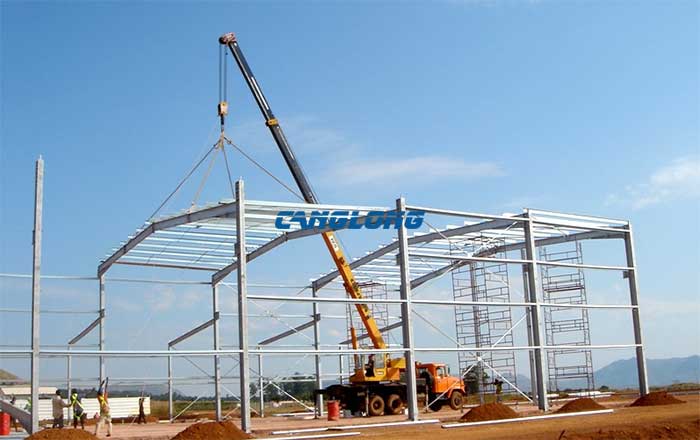
2. Cost Efficiency
Users vary significantly in their cost sensitivity, with developed countries prioritizing long-term ownership costs and developing countries focusing on initial investment. However, the economic benefits of steel structure buildings throughout their lifecycle are universal.
Low initial construction costs: Factory-based production and rapid on-site assembly of steel components shorten construction times by 30%-50% compared to concrete. For example, the use of steel in a high-rise residential project in Mumbai, India, reduced construction time from 24 months to 12 months, and early sales revenue saved approximately 15% in financial costs. The Nairobi Convention Center in Kenya, Africa, was quickly erected, allowing it to open before an international conference and avoiding significant liquidated damages.
Low maintenance and renovation costs: Galvanizing steel or applying an anti-corrosion coating (such as an epoxy zinc-rich primer and topcoat) can extend the service life of steel to over 50 years, far exceeding the average maintenance cycle of 30-40 years for concrete buildings. In the World Trade Center reconstruction project in New York, the main steel structure remains in excellent condition after over 20 years of use, thanks to regular inspections and local reinforcement. European industrial plants, such as those in Germany’s Ruhr area, often achieve functional upgrades by adding steel floors, at a cost of only one-third that of new construction.
High salvage value: Steel has a recycling rate exceeding 90% (compared to only 10-20% for concrete), and after demolition, it can be recycled at 80-90% of the original material price. Following the Great East Japan Earthquake in Sendai, Japan, the recycling rate for steel building debris reached 95%, with the recycled steel used in new construction directly reducing reconstruction costs by approximately 10%. The EU’s Circular Economy Action Plan calls for a 70% recycling rate for demolition waste by 2030, with steel structures being a key policy target.
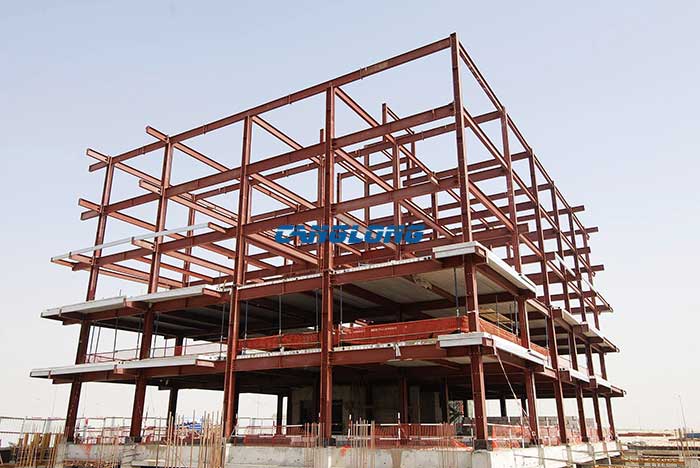
3. Environmental Sustainability
More than 130 countries around the world have proposed the goal of “carbon neutrality” (around 2050), with the construction industry accounting for 37% of global carbon emissions (IPCC data). The low-carbon attributes and circular economy characteristics of steel structure buildings have become key breakthroughs.
Low carbonization of material production: Although steel smelting is a high carbon emission process (about 1.8 tons of CO ₂/ton of steel), carbon emissions can be reduced to 0.4 tons of CO ₂/ton of steel through a short process of electric furnace (traditional blast furnace is 2.1 tons). The European Union has legislated to require the proportion of electric furnace steel to reach 45% by 2030, combined with green electricity such as wind power and photovoltaics, to reduce the carbon emissions of steel structures throughout their lifecycle by 40% compared to concrete (according to NIST research in the United States). China Baowu Iron and Steel has piloted the “hydrogen based vertical furnace” steelmaking technology, and carbon emissions are expected to be reduced to below 0.1 tons per ton of steel in the future.
Building operation has great energy saving potential: the lightweight of steel structure allows greater window wall ratio and more flexible sunshade design, which can reduce building energy consumption by 20% -30% in combination with high-performance enclosure materials (such as vacuum glass and aerogel). The Museum of the Future in Dubai adopts a steel structure and double curved glass curtain wall, which reduces annual electricity consumption by 45% compared to concrete buildings of the same scale through natural ventilation and photovoltaic roofs.
Zero waste throughout the entire lifecycle: After the demolition of steel structure buildings, 90% of materials can be recycled and reused (only 10% for concrete), and the waste steel generated during the production process can be 100% recycled. The Oasia Hotel project in Singapore adopts modular steel structure, reducing construction waste by 80%, and has been rated as a “Platinum Green Building Mark” by the Singapore Construction Authority.
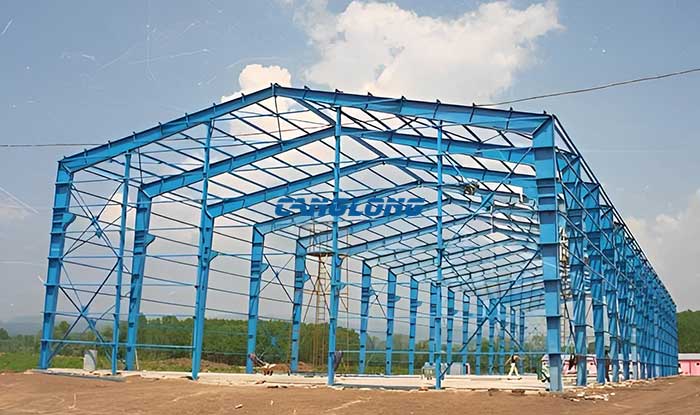
4. Adaptability
Global user needs are highly differentiated, and the design freedom and modularity of steel structures make them suitable for nearly all building types.
Long Spans and Complex Forms: In large-span buildings such as stadiums, airports, and commercial complexes (such as the Shanghai Tower), steel trusses, cable-membrane structures, and suspension cables can overcome the span limitations of concrete (the maximum span is approximately 30 meters). The steel core and external frame system of the 828-meter Burj Khalifa in Dubai achieves both mechanical stability and innovative design for supertall buildings.
Modularity and Rapid Response: Modular steel structures (prefabricated integrated units of walls, floor slabs, and piping) allow 90% of construction to be completed in the factory, requiring only on-site assembly. This model has significant advantages in emergency construction (such as post-disaster shelters) and temporary facilities (such as World Cup stadiums and epidemic quarantine centers). After the 2023 earthquake in Turkey, a modular steel-structured hospital donated by China was erected within 72 hours, providing 200 beds. Refugee camps in Africa’s Sahel region use modular steel structures, allowing for rapid disassembly and relocation based on population movements.
Adaptability to Extreme Environments: Utilizing specialized steel materials (such as weathering steel and cryogenic steel) and protective technologies, steel structures can operate stably in environments ranging from extremely cold -50°C (such as within the Arctic Circle in Norway) to high temperatures of 50°C (such as in Saudi Arabia). The Arctic Circle Arena in Tromsø, Norway, utilizes weathering steel, maintaining weldability at temperatures as low as -40°C. The Islamic Hajj Center in Mecca, Saudi Arabia, uses hot-dip galvanizing and reflective coatings to reduce the surface temperature of its steel structure by 20°C, reducing air conditioning load.
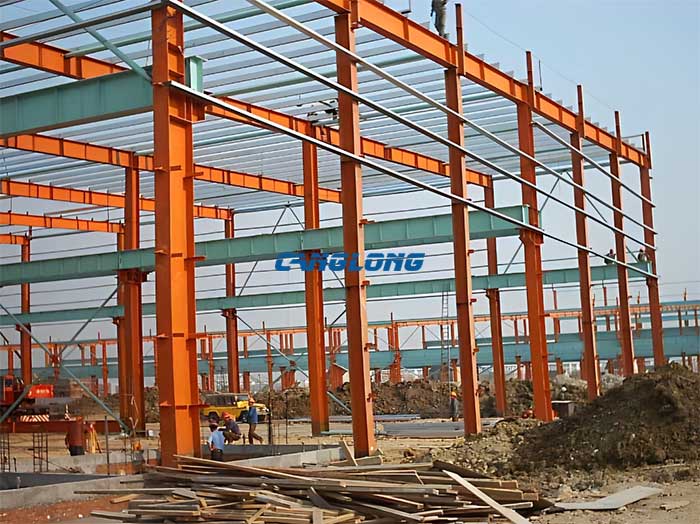
5. Technological Innovation
Steel structures are the optimal carriers of digital and intelligent technologies, and their integration with new technologies is reshaping the construction industry.
Digital Design and Manufacturing: BIM technology is integrated throughout the entire steel structure process, from 3D modeling and collision detection to CNC machining (CNC), enabling millimeter-level error control. The U.S. General Services Administration (GSA) mandates the use of BIM for all federal construction projects, resulting in a 60% reduction in rework rates for steel structure projects. China’s “Smart Manufacturing 2025” initiative is promoting the introduction of robotic welding in steel structure companies, resulting in a threefold increase in production efficiency.
Intelligent Monitoring and Operation and Maintenance: Sensor-integrated “intelligent steel structures” enable real-time health diagnostics. Tokyo Skytree (634 meters) in Japan is equipped with over 2,000 sensors, using AI algorithms to predict structural deformation and provide early warning of potential risks. The “SmartSteel” project, funded by Europe’s Horizon 2020 program, is reducing the operation and maintenance costs of steel structures by 25% through an Internet of Things (IoT) platform.
Integration of Low-Carbon Technologies: Steel structures are combined with photovoltaics (BIPV), energy storage (such as the Tesla Powerwall), and ground-source heat pumps to create “zero-carbon buildings.” The renovation project “Haus der Kulturen der Welt” in Berlin, Germany, integrates photovoltaic panels on its steel roof and a ground-source heat pump system, achieving energy self-sufficiency. The passive ultra-low-energy steel-structured residences in China’s Xiongan New Area reduce winter heating energy consumption by 70% through the steel structure’s airtightness and efficient insulation.
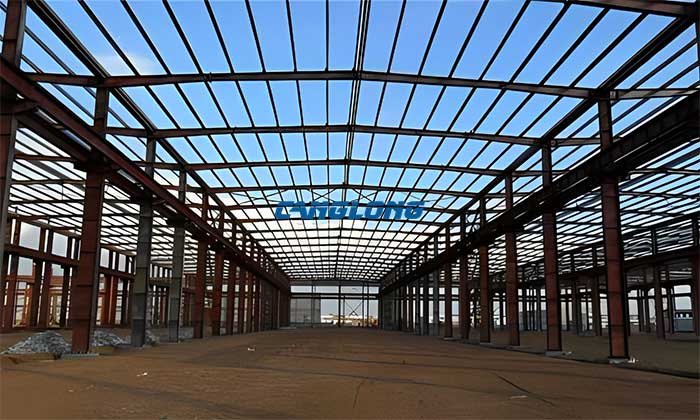
Conclusion
From earthquake-prone Japan to typhoon-prone Southeast Asia, from resource-scarce Africa to high-cost Europe and the United States, steel structure buildings with their five core advantages—safety, resilience, cost-effectiveness, environmental friendliness, adaptability, and innovation—are becoming a key solution for the global construction industry to address urbanization, climate change, and resource constraints. Its essence lies not only in material innovation but also in the application of a lifecycle management approach and sustainable development concepts. It provides a building paradigm for users at all stages of development around the world that balances current needs with future responsibilities.
As a well-known steel structure construction supplier in China, Canglong Group has 20 years of industry experience and provides one-stop steel structure solutions from design to installation. We have a factory of 100000 square meters, and all our products have been certified by ISO and CE, and are sold to over 80 countries and regions worldwide.
Related Posts
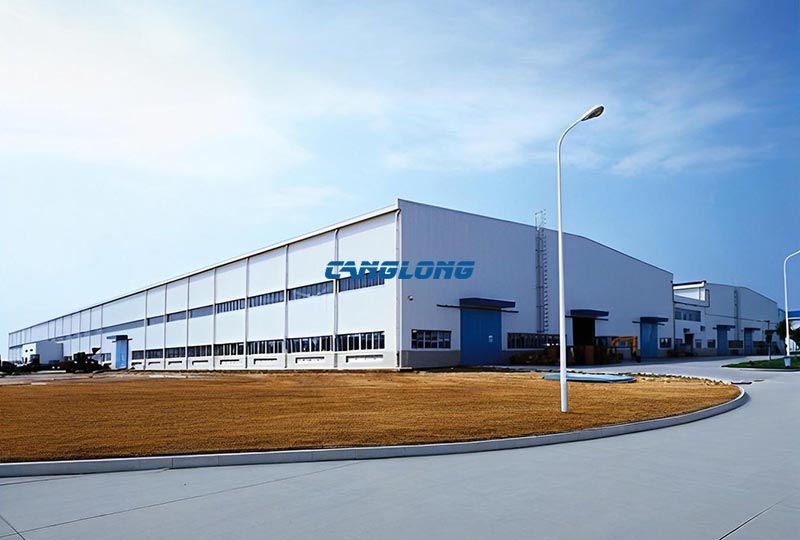
 August 6, 2025
August 6, 2025
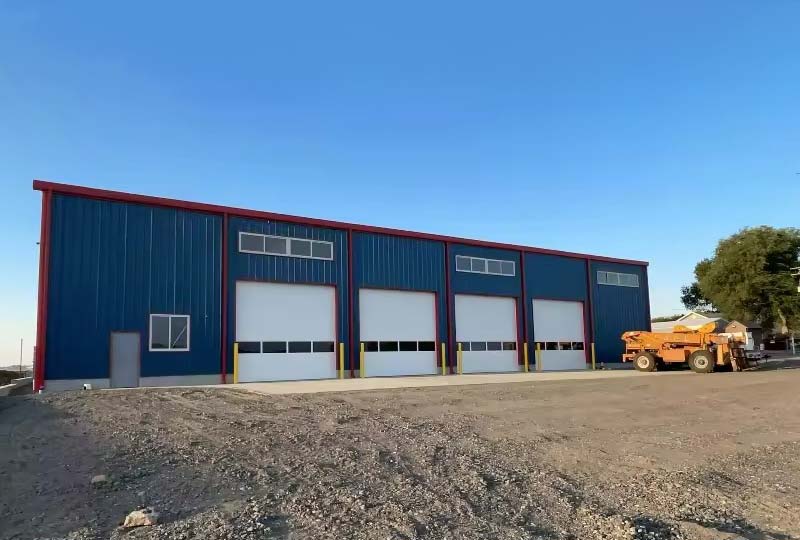
 October 17, 2025
October 17, 2025
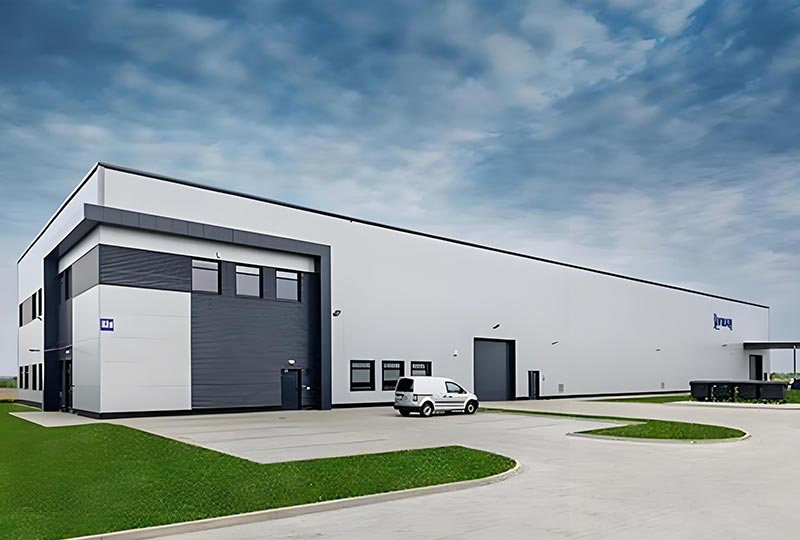
 September 15, 2025
September 15, 2025
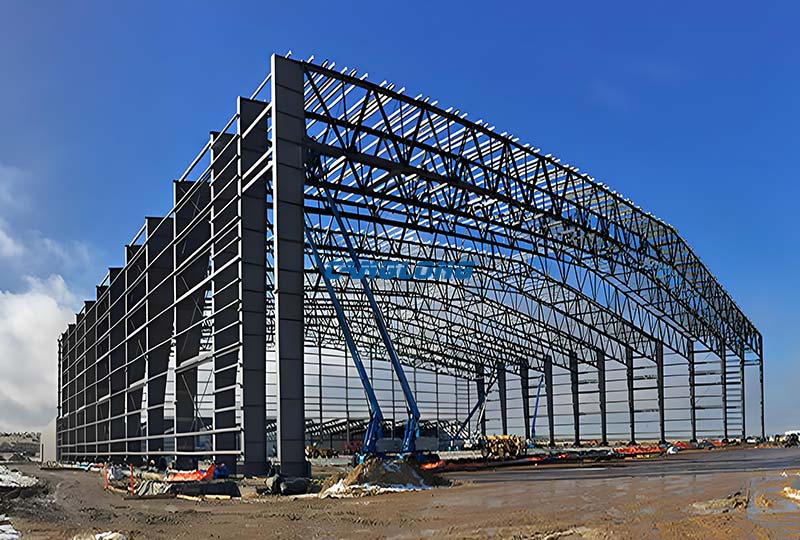
 September 3, 2025
September 3, 2025
Leave a Message
Your email address will not be published. Required fields are marked *

